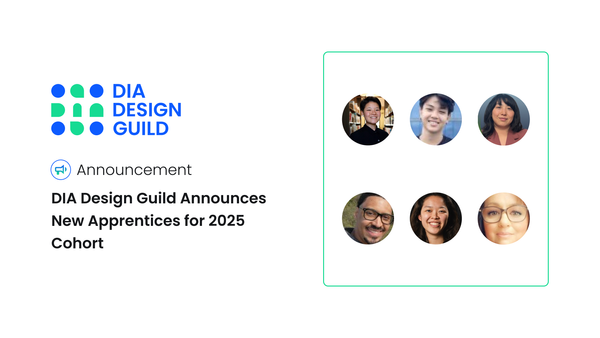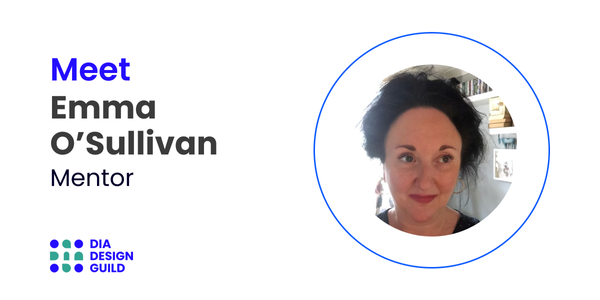Attending NarraScope 2023
This year one of our apprentices, Justin Kim, attended NarraScope 2023 at the University of Pittsburgh- His first conference and his first time traveling solo! Read on to learn about what it’s like to attend a conference by yourself!

Going to a conference… Alone?
This year one of our apprentices, Justin Kim, attended NarraScope 2023 at the University of Pittsburgh- His first conference and his first time traveling solo! Read on to learn about what it’s like to attend a conference by yourself!
Tell us about yourself!
Justin: Hey there, my name is Justin and I’m a designer, apprentice, and mentor at DIA Design Guild. I also run the DIA Game Club where we learn new tools and make games in short game jams.
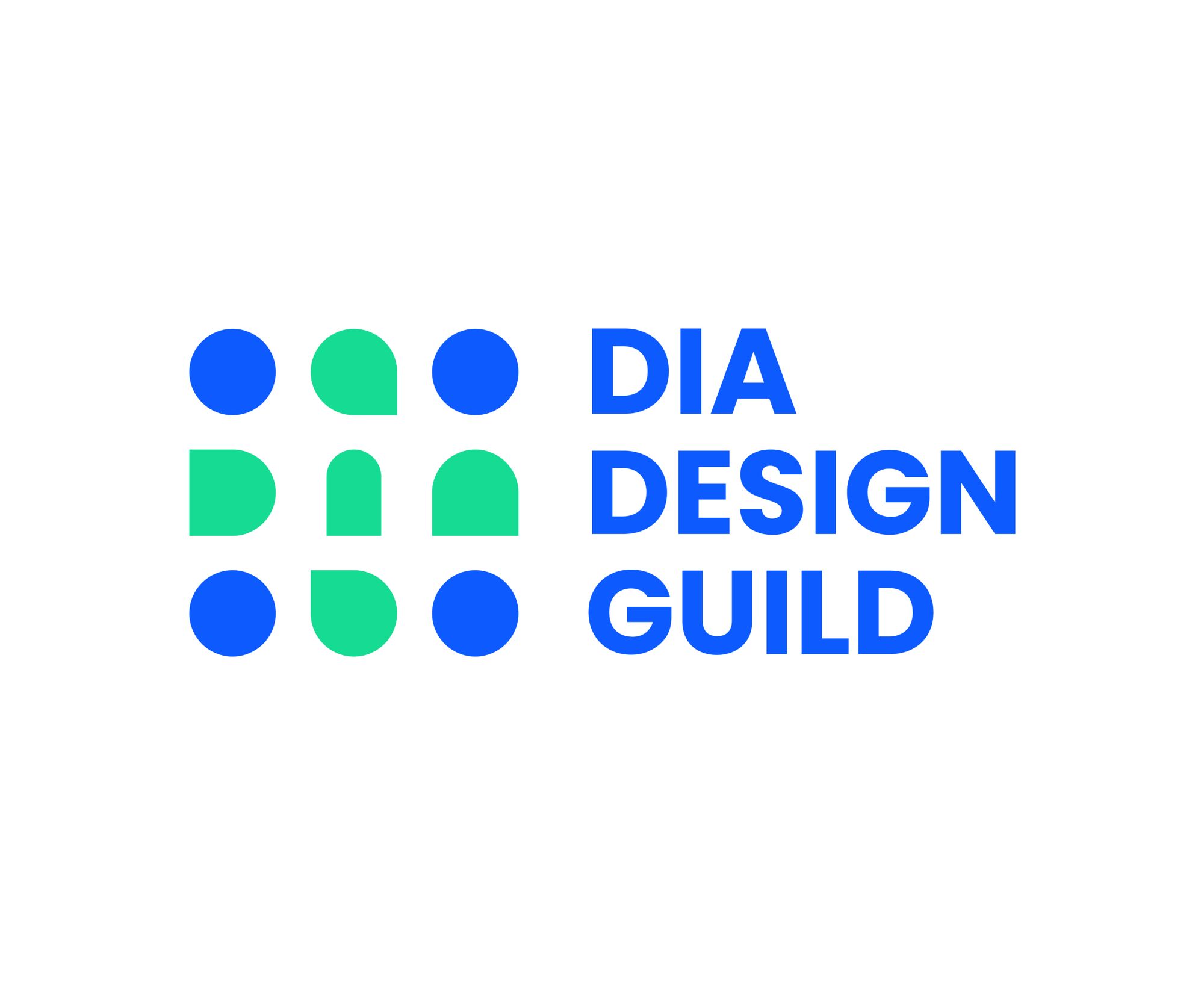
In my spare time I make my own narrative games, which you can check out on my itch.io page.

What is NarraScope?
J: NarraScope is an annual conference that provides a space for narrative game enthusiasts to exchange ideas and information, analyze pieces and trends, and discuss how the medium can be advanced.

What are narrative games?
J: The term “narrative games” is a bit nebulous. It’s easier to describe it by mentioning the different types of games under its umbrella:
- Text Adventures like AI Dungeon:
In a nutshell, narrative games focus on the story being presented by utilizing gameplay that creates an interactive dynamic between the player and said story.
How do you approach narrative games as a UX Designer?
J: Narrative games in particular are interesting because they focus more on text content rather than other visual content.

At first, it’s easy to think, “Hey this is just like making a linear website or writing a book!”, especially if you’re using something like Twine that exports your game as a web page.

But once you start thinking about how a story might use digital affordances to control the pace users read, you’ll find there’s no shortage of different techniques to make a game. And with these techniques come all sorts of usability considerations.

Who attended NarraScope?
J: The folks who attended NarraScope this year included game industry workers, independent developers, students studying related fields, and enthusiasts who wanted to chat about their favorite games.
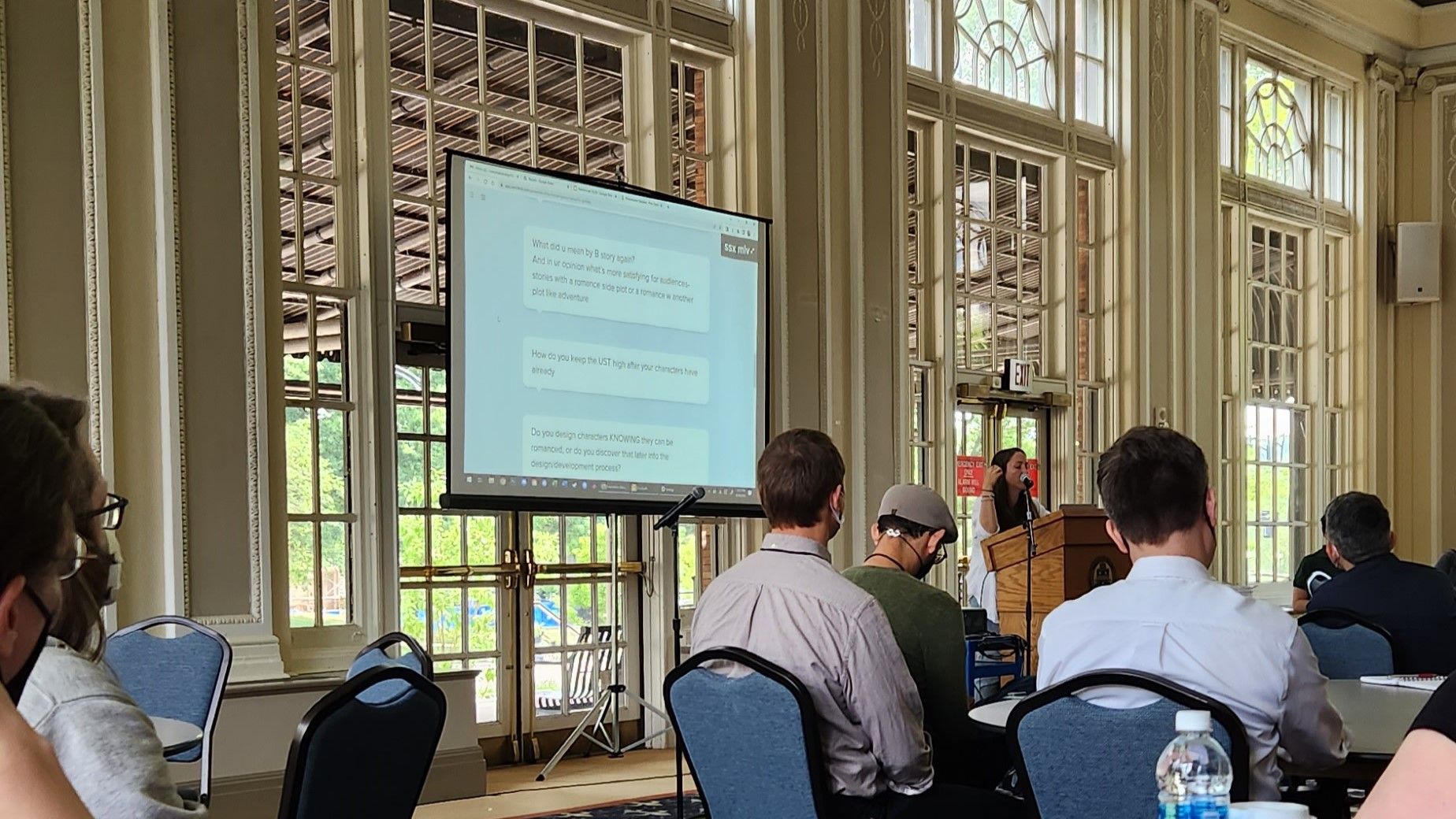
NarraScope is on the smaller side (for now…) which meant a lot of our conversations and hangouts were more intimate than those at a bigger conference.
It was so fun to meet everyone because in the end we were all a bunch of big nerds who got together and geeked out about the games we’ve played, new titles, upcoming technologies and tools, and lots more.
Why NarraScope specifically?
J: I’ve been a gamer since I was young and always loved games that told a great story. There’s something powerful about being able to have a hand in how events unfold. It’s like I’m a part of the narrative myself!
I mentioned the conference at a happy hour and my mentor at DIA Design Guild offered to sponsor me to attend this year. It was an offer too good to pass up. I even got to make business cards and pass them out!
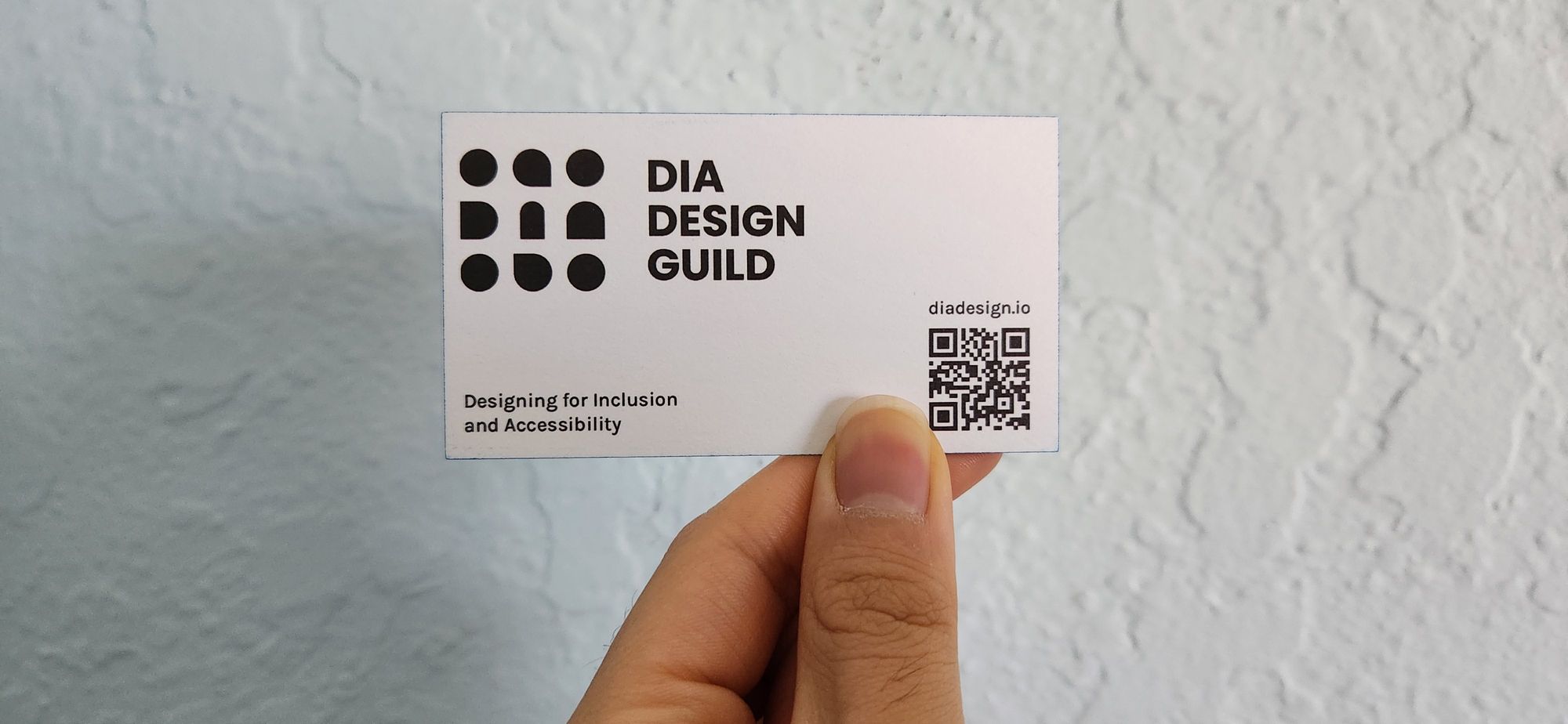
But of course, I felt some nerves get in the way of agreeing to go. What if I wouldn’t enjoy it? What if I couldn’t network with a lot of people?
But fate felt otherwise. The second I saw Brianna Lei was the keynote speaker and someone else was doing a talk on one of my favorite game franchises, Ace Attorney, I knew that I had to go; no question about it.
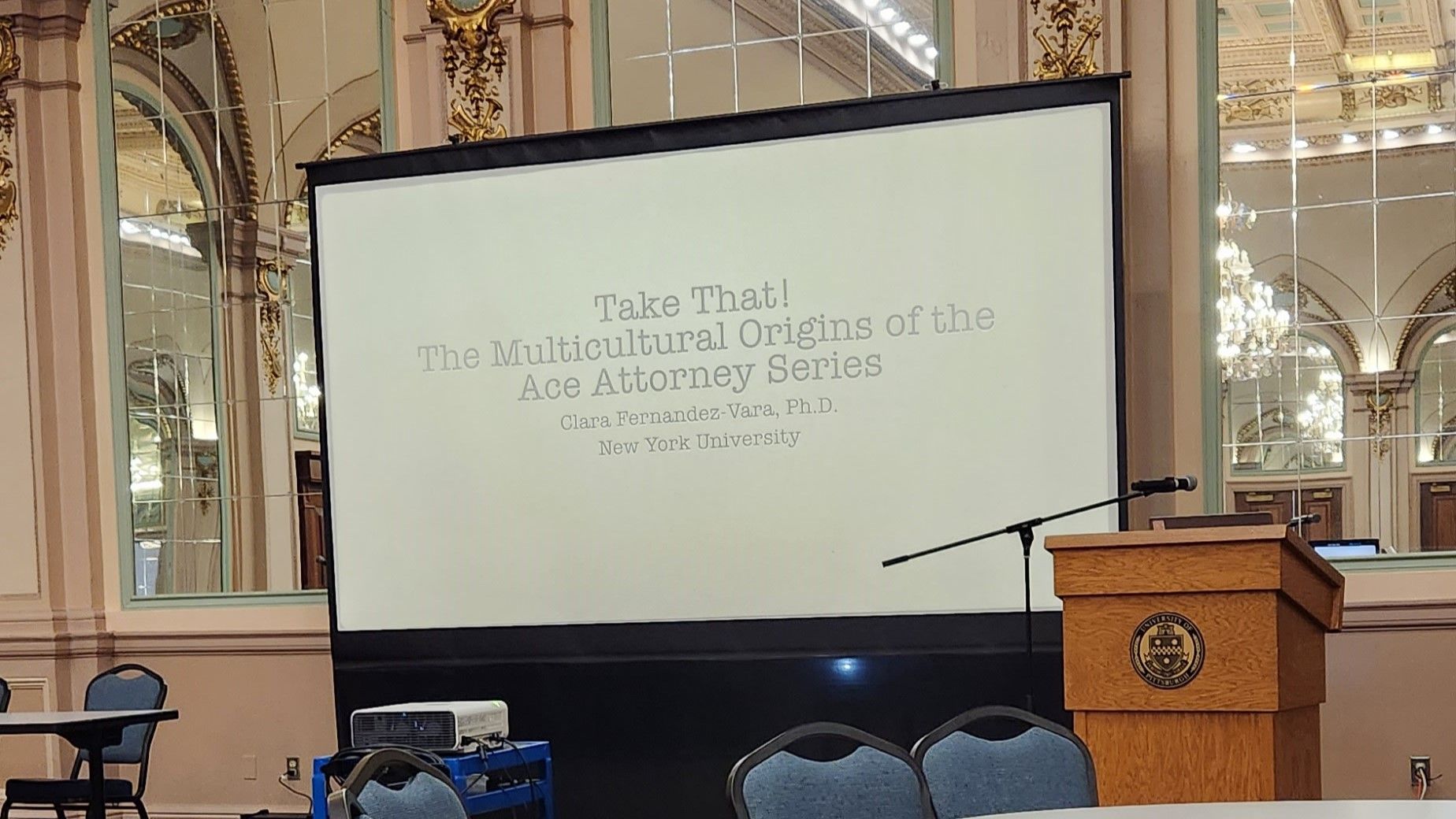
How did you find out about NarraScope?
J: I was browsing YouTube for resources to help me handle narrative design and game writing in my own projects and came across the talks via the Interactive Fiction Technology Foundation.
They’re all helpful and informative. I remember thinking how great it would be to be there and talk with the speakers directly. Little did I know I’d get the opportunity to do so!
How are narrative games relevant in today’s world?
J: Despite lacking the flash of popular AAA-budget games, narrative games are still enjoyed by lots of people and have a strong legacy dating back to the first computer games ever made. And thanks to the accessibility of tools like Twine and Bitsy, there’s a ton of them still being made by hobbyists online.
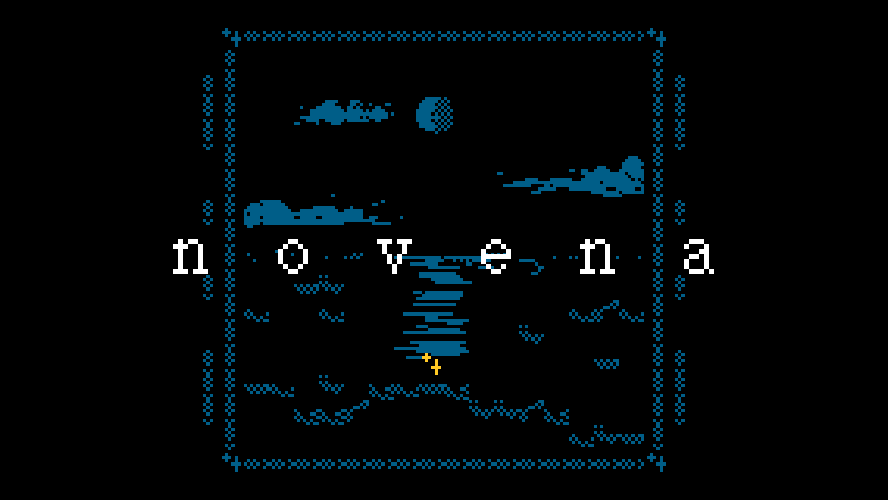
With the advent of more advanced AI, we’re seeing interesting experiments like AI Dungeon which attempts to solve the problem of combinatorial explosion by having the AI generate content based on certain requirements.
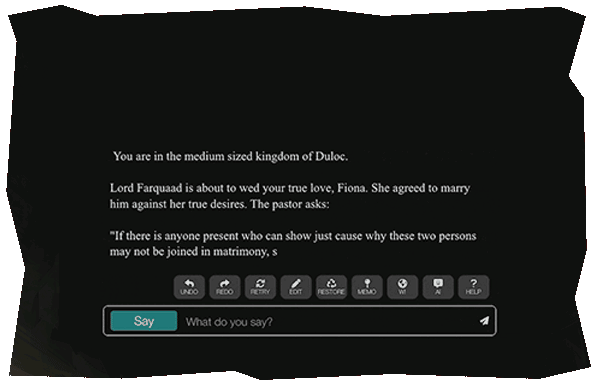
What went on at NarraScope?
J: The conference lasted three days, with Friday dedicated to workshops and Saturday and Sunday reserved for the keynote, various talks, and the wrap-up.
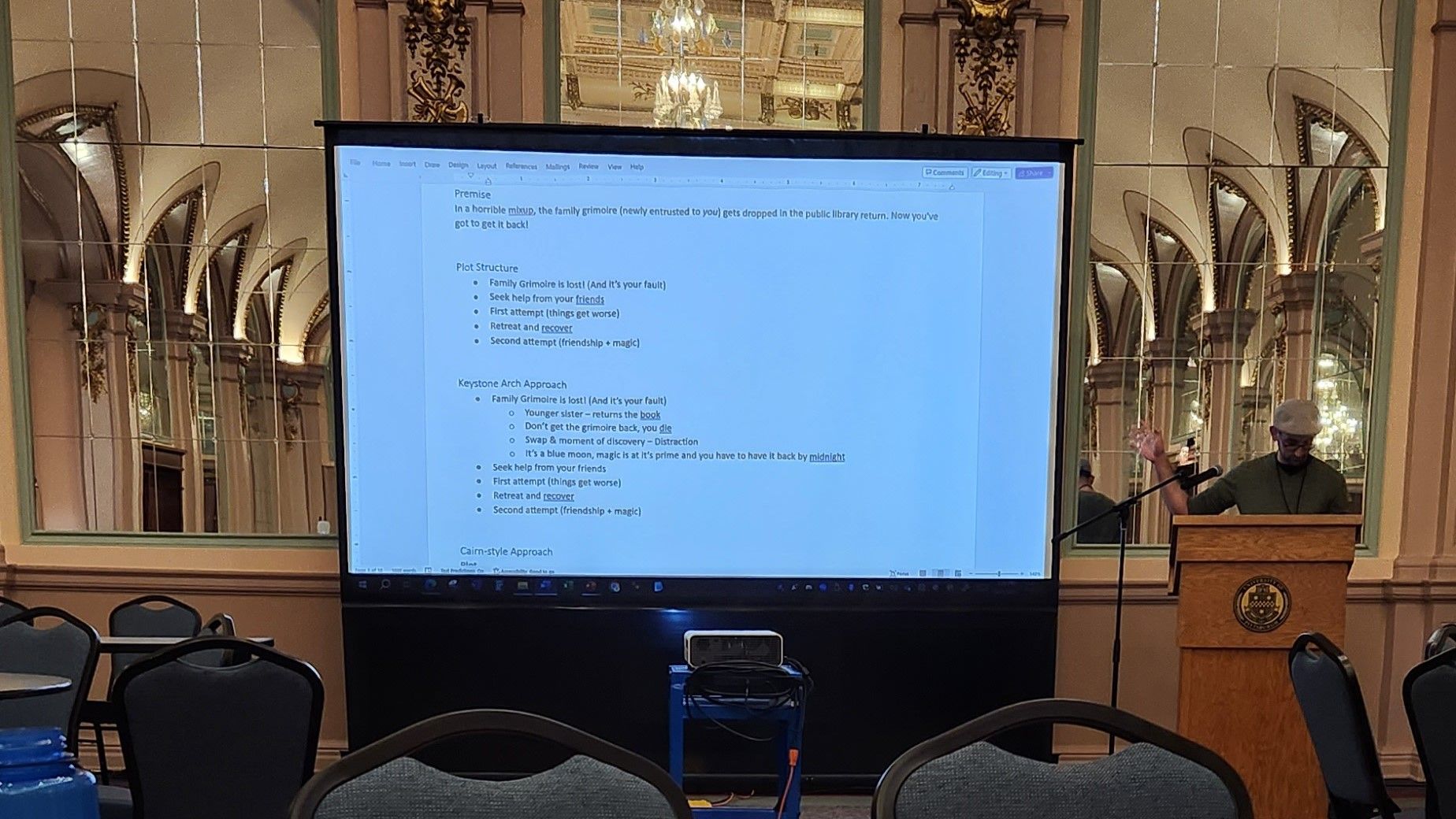
Outside of the conference schedule, there were impromptu meetups for talking over meals and drinks. Having a dedicated channel for coordinating group meals on the dedicated Discord server was really handy for gathering people together! (Conference organizers, please take note.)
If you could only pick one, what was your favorite part of the conference?
J: If I had to pick one, it was definitely meeting everyone else and talking shop with them.
If you’re an introvert like me, you’re probably also constantly nervous about social interactions. I think a big lesson I learned when getting to know everyone was how easy it was to strike up and, most importantly, keep up conversations with them.
Between talks, we’d talk about stuff like the cool stuff we saw in Pittsburgh and the University’s campus, the talks we just attended and our thoughts on them, and some of the games we’ve been playing.
During meals, we’d talk about everything under the sun. I got to learn so many cool things about my fellow attendees’ lives and the things they were doing.
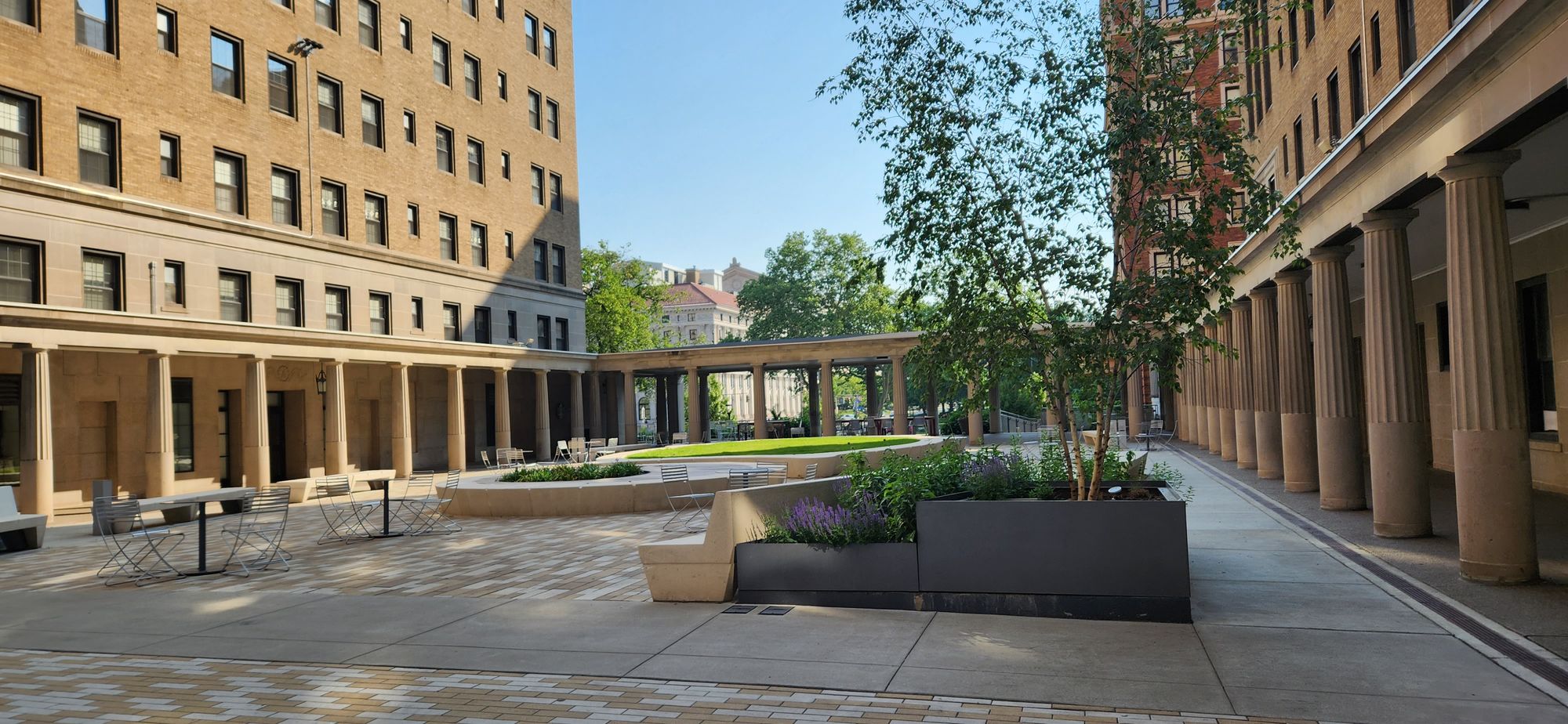
Talking with people in-between talks was great for me because during the conference it was perfect for introducing myself and getting straight to the point since we were all rushing to our next thing. But at lunch or dinner it was a more relaxing atmosphere that let us get to know each other with longer conversations.
Tell us about the talks you liked and why.
J: Oh man, this is a hard one. I’ll give a quick list:
- Ian Greener’s Beginning with ink: knots, stitches, diverts, conditions and choices workshop (no recording, unfortunately!) was a blast. I always wanted to check out the ink scripting language and Ian made it easy to grasp the basics. Thanks to this workshop, I managed to make my first piece with ink.
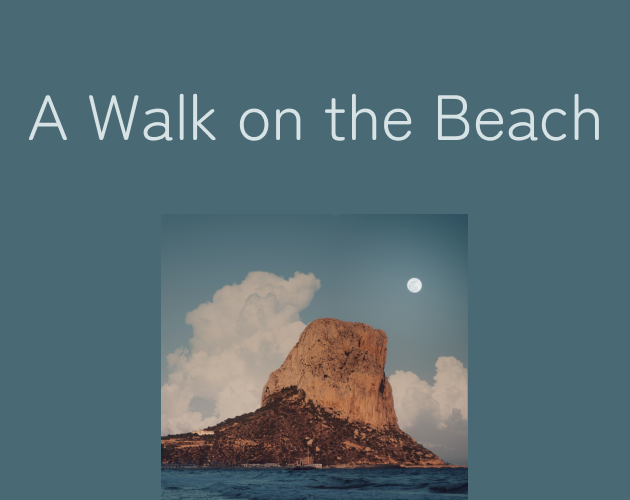
- Brianna Lei’s keynote, Entering your Villain Era, was inspirational. I became a fan of her way before this conference and getting to hear another Asian American speak about their experience making games was terrific.
- Amanda Gardener’s Trust, Lust, and UST: Writing Effective Romance in Games was great fun and illuminating. The romance genre isn’t really in my wheelhouse so learning about her framework for romantic dynamics between characters was helpful for me.
- Bjarke Alexander Larsen’s “Don’t Try to Explain It” - Why Some Things Should Not Make Sense felt freeing as a creator. There’s a particular school of thought in writing where everything in a fictional world, especially if it’s fantastical and outside of commonly-understood periods of human history, should be justified to some degree. As this talk explains, great games and stories don’t need to make sense all the time.
- Clara Fernandez-Vara’s Take That! The Multicultural Origins of the Ace Attorney Series was a fun talk that went into the different inspirations for the series. I can’t recommend this one enough for any die-hard Ace Attorney fans.
What was it like to travel by yourself for the first time?
J: I was a little nervous but it turned out to be less frightful than I thought!

I definitely over-planned things but doing so saved time in situations like deciding which cafes to go to. I think next time I’ll have it easier since I know what to expect now.

Flying was… exhausting, haha. But it was all pretty straightforward. I think the hardest part was trying to find my way through the Philadelphia airport since my terminal turned out to be located at the very end. It was a long walk but the airport had some cool stuff like the Liberty Bell made in all Lego!
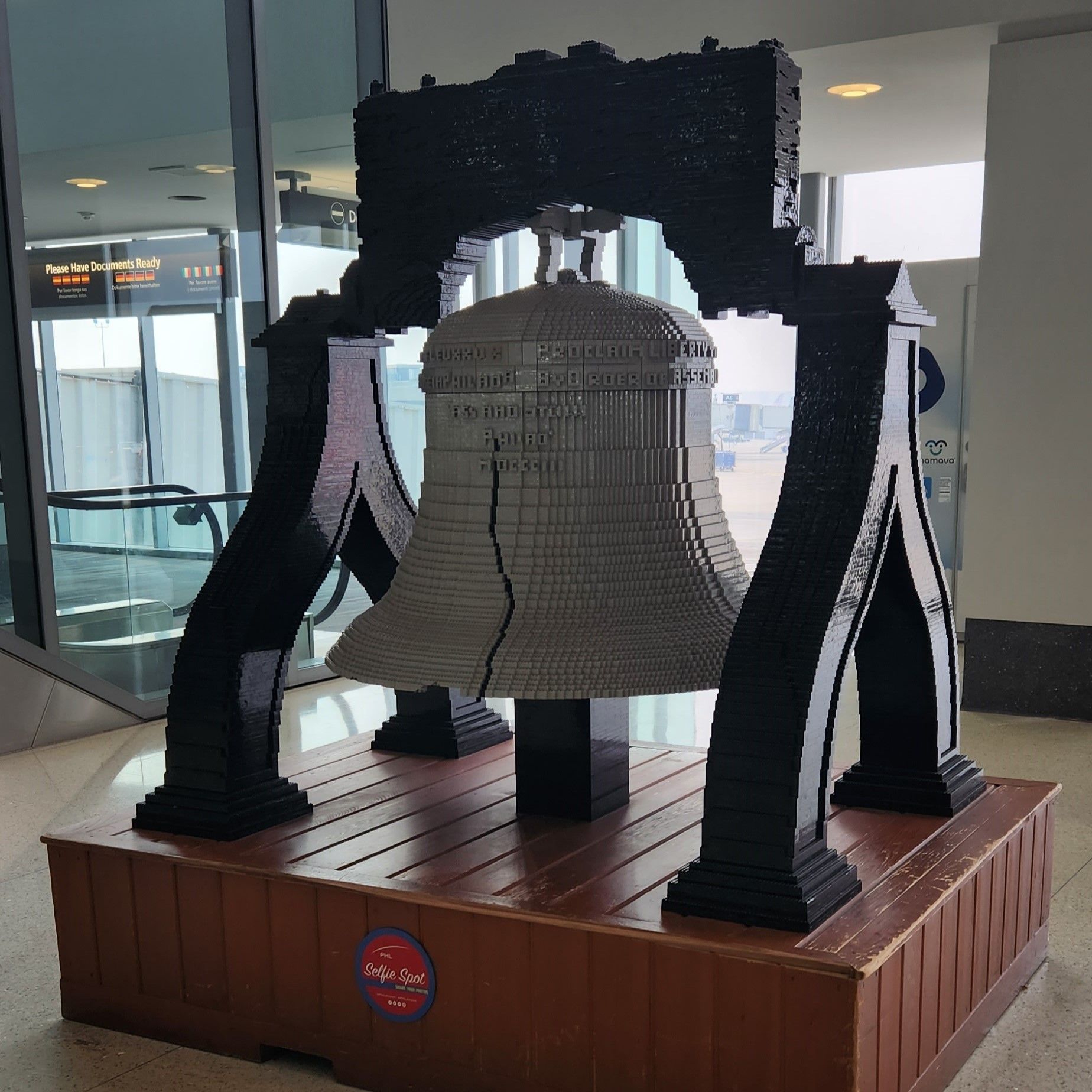
Using Pittsburgh’s public transportation was just as easy as the organizers said it would be. It turns out I didn’t need to use it very often since the streets were walkable compared to walking around in Los Angeles.
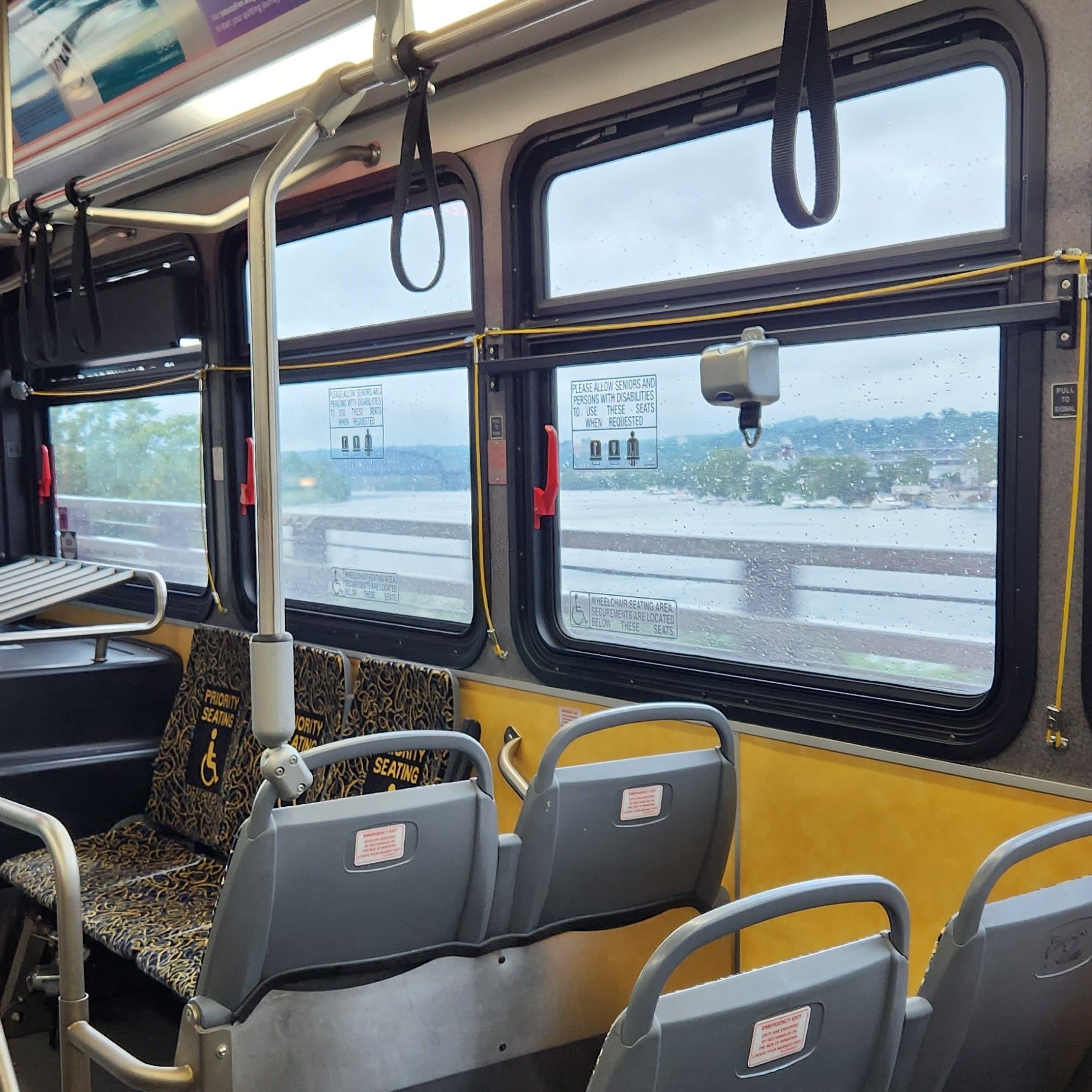
I would have explored the city a lot more but unfortunately I didn’t have much time. Not to mention I was really tired! I don’t know how people do this so often.
What was a funny moment you had during your trip?
J: So something I found out at the very end of the trip was that I and three other attendees I met were all in the same AirBnB for a night! It’s not too crazy in hindsight since the area isn’t too large but it was still fun to learn.
Can you summarize what you learned from the trip for us?
J: Sure! I’ll try to make it as short as possible:
- Pack plenty of snacks. I ended up getting drowsy as the day went on. If you have weird body chemistry like me, you may want to consider bringing things to eat that keep you energized.
- Don’t plan too much. Planning is essential but you’ll never fulfill your itinerary down to a "T" when going to a conference; and you shouldn’t! I ended up meeting so many people and doing all sorts of things because the opportunities came up on the fly.
- Meet as many people as possible. If you’re socially anxious like me: Have fun! Just like you, everyone else is looking to chat and make new connections.
Thank you for sharing your experience with us! Where can we find you online?
J: Thanks for the interview! You can find me on:






